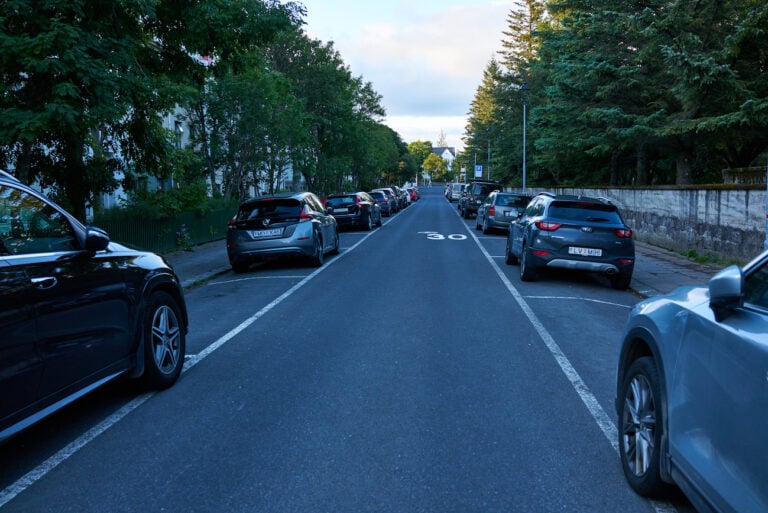One of the most beautiful streetscapes in Reykjavík is Ljósvallagata in the western part of the city. The row houses were begun in 1926 and mostly completed by 1930. Row housing was the dominant architectural style in Reykjavík at the time, after wooden houses were banned following the Great Fire near Austurvöllur and Austurstræti in 1915. The main proponents of this architectural style were state architect Gudjón Samúelsson and famed physician Gudmundur Hannesson, both of whom served on the first national planning committee. Reykjavík’s first city plan, from 1927, was based on these ideas. A good example of this is the workers’ housing estates on Hringbraut and the west side of Ljósvallagata, while Hólavallakirkjugardur Cemetery, which was in use from 1838 to 1932, lies along the eastern part of the street. However, the era of row housing in Reykjavík was brief, lasting only twenty years. The people of Reykjavík, and Icelanders in general, likely prefer larger lots and bigger houses than their neighbouring nations, as the capital now stretches nearly twenty kilometres eastward from Sólvallagata in the west end.

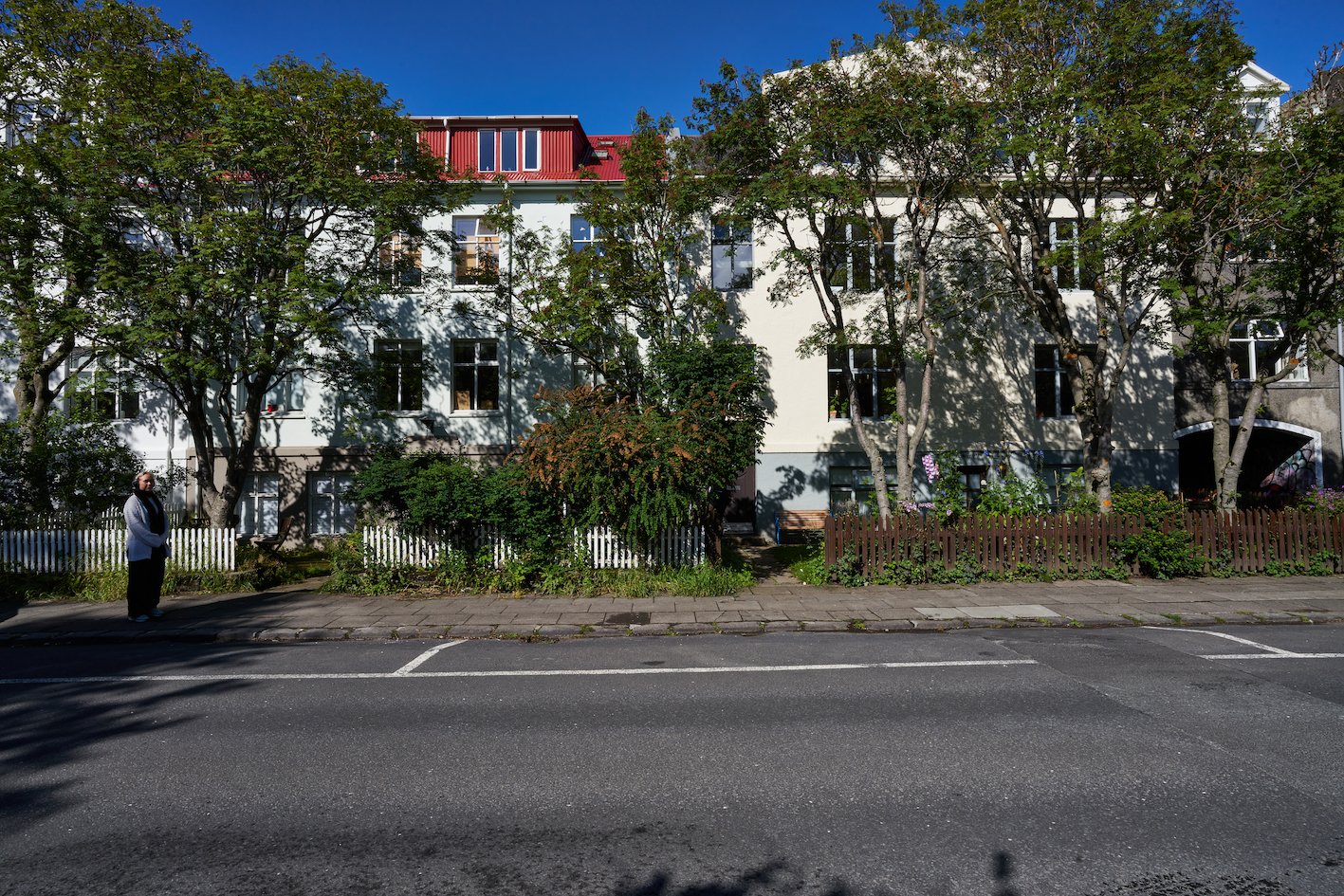
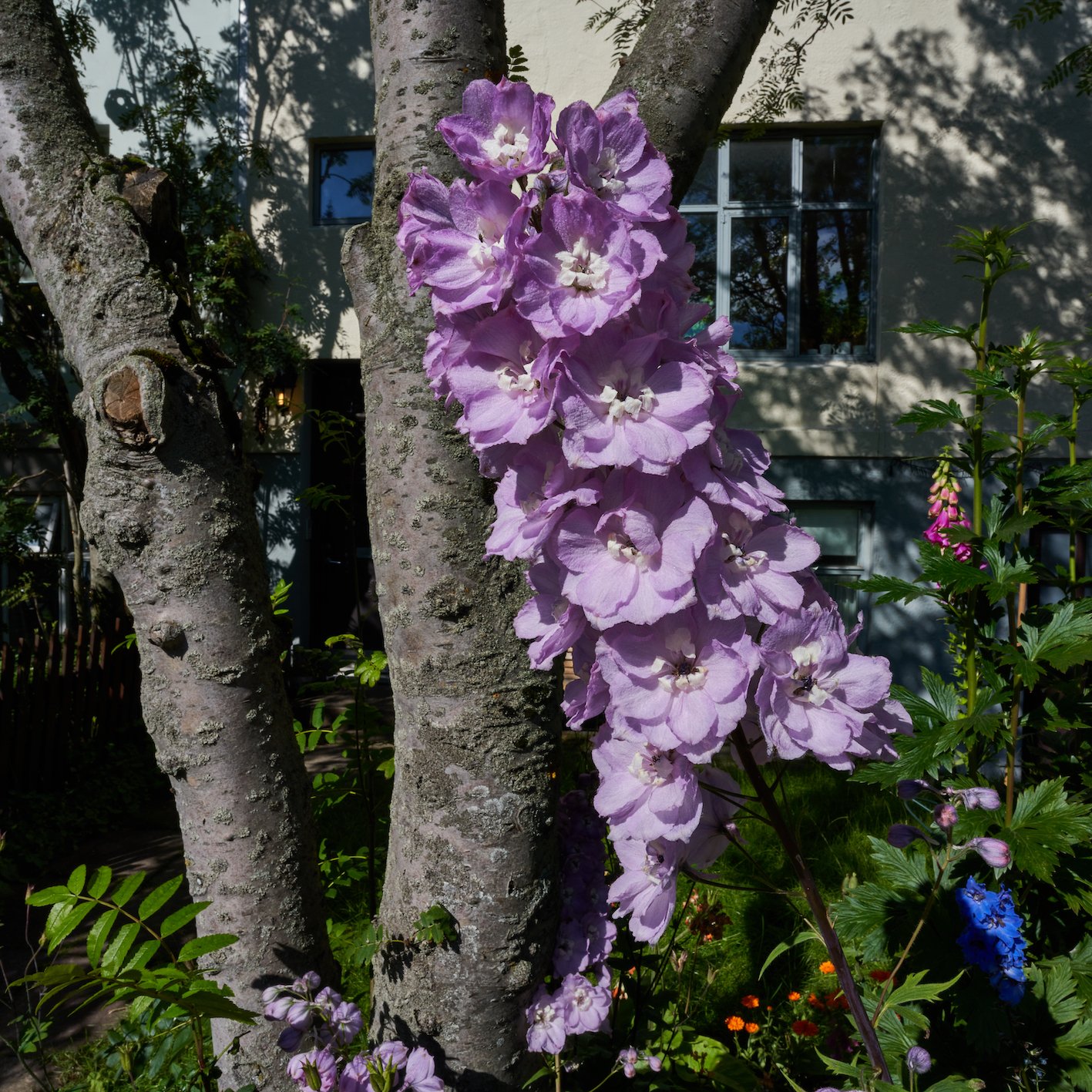

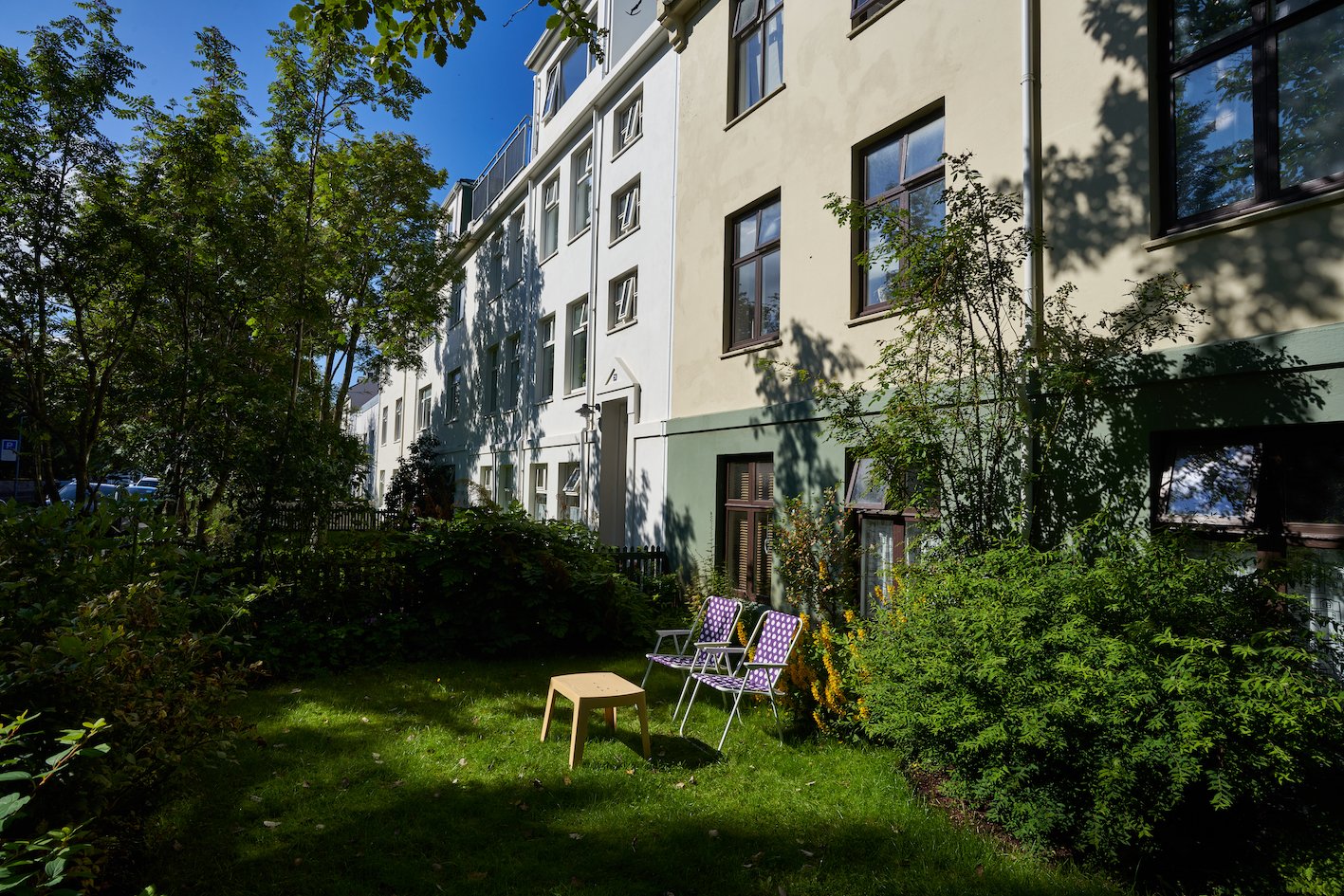
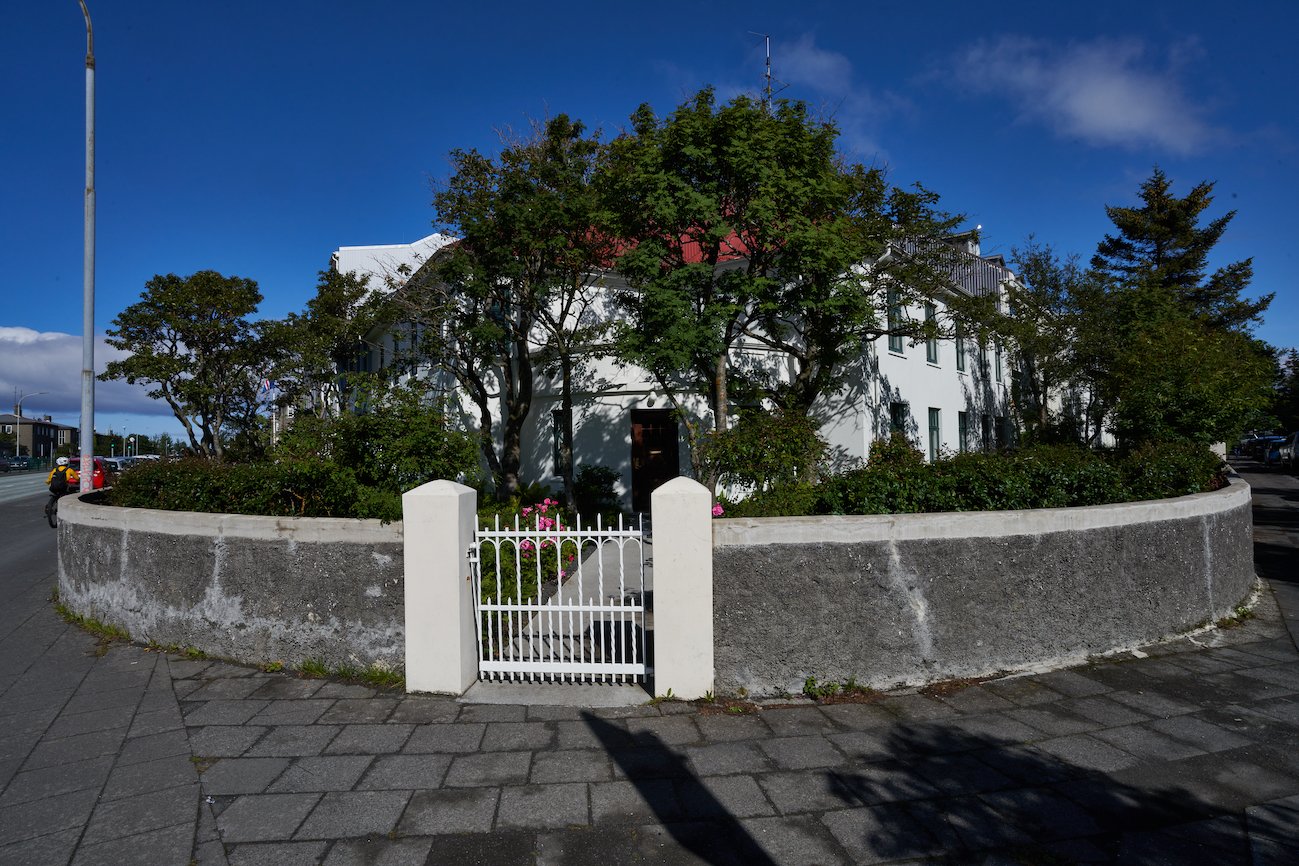
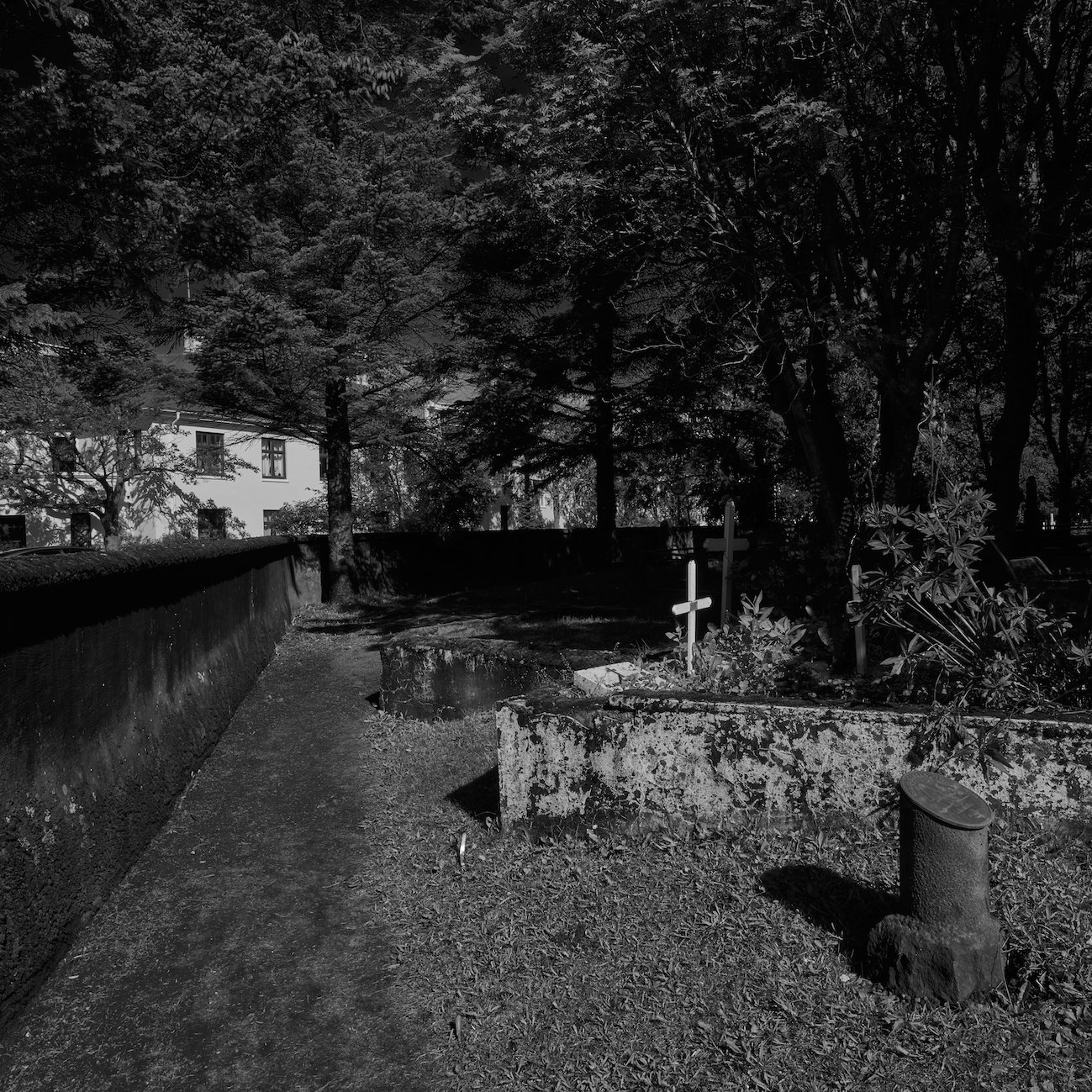
Reykjavík 16/08/2024 : A7R IV, RX1R II – 2.0/35mm Z, FE 1.8/20mm G
Photos & texi : Páll Stefánsson



